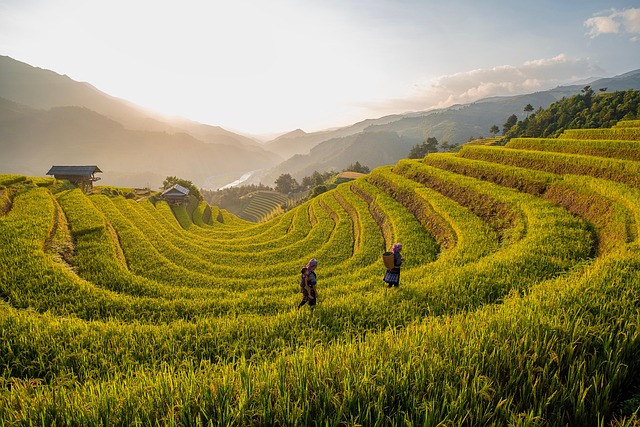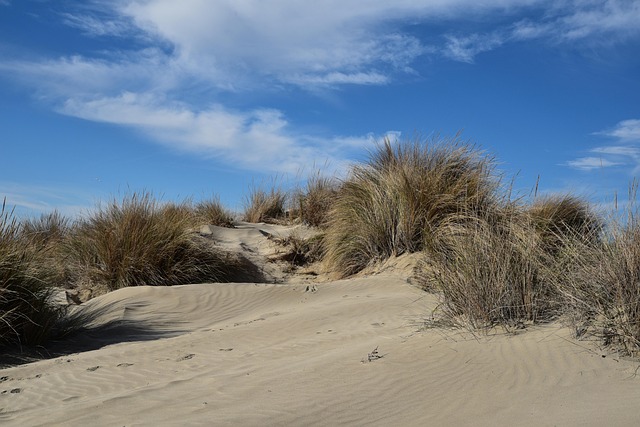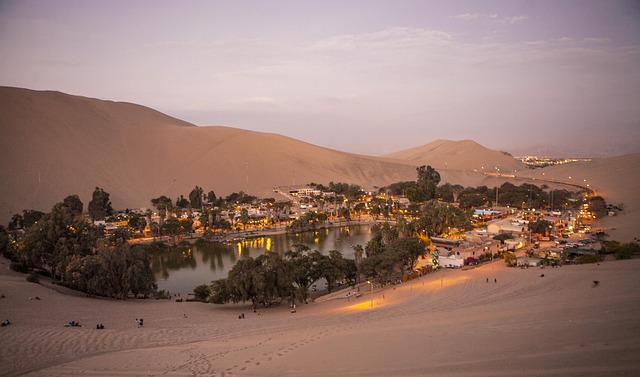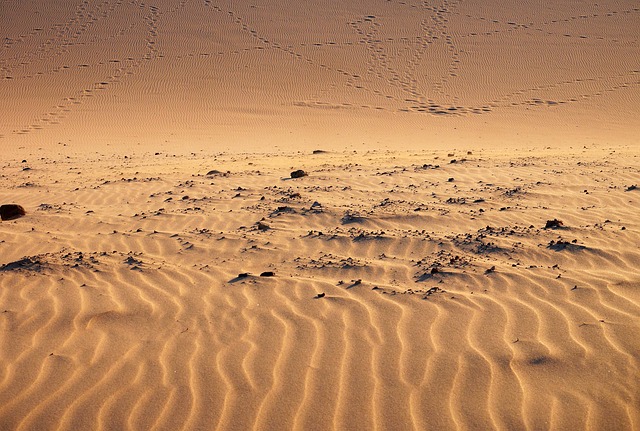Oregon Dunes hold a rich Native American history intertwined with unique coastal ecosystems. Pre-Colonial tribes like Coos, Yaquina, and Siuslaw thrived here for millennia, valuing these lands for sustenance, trade, and spiritual significance. European exploration began in the 16th century, leading to cultural clashes and tribal displacement by the late 19th century. Today, local tribes actively reconnect with ancestral territories, preserving cultural heritage through environmental protection, education, and events, while collaborating on conservation efforts for Oregon coastal ecosystems.
“Oregon’s Dunes National Recreation Area, a vibrant testament to the state’s natural beauty, holds deep historical significance for Native Americans. This article explores the rich indigenous history of the region, from pre-colonial life and cultural practices to the impact of European exploration. We delve into the tribal displacement, the reservation system, and subsequent conservation efforts aimed at preserving these delicate Oregon coastal ecosystems. Additionally, it highlights the ongoing cultural revitalization and the essential role Native Americans play today, along with educational initiatives fostering community engagement.”
- Pre-Colonial Life and Culture in Oregon Dunes
- European Exploration and Encounter: A Turning Point
- Tribal Displacement and The Reservation System
- Conservation Efforts: Preserving Coastal Ecosystems
- Cultural Revitalization and Contemporary Native American Presence
- Educational Opportunities and Community Engagement
Pre-Colonial Life and Culture in Oregon Dunes
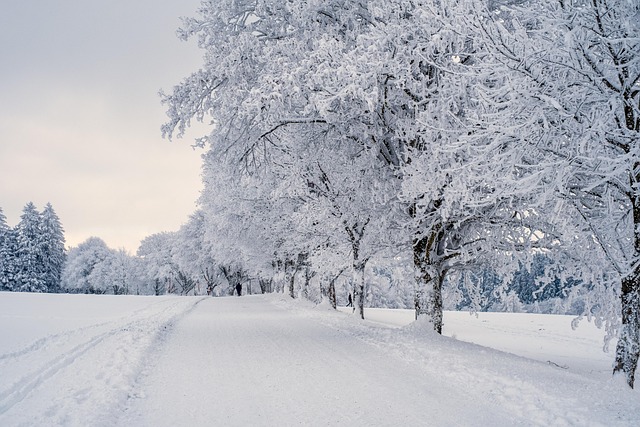
Before European colonization, the Oregon Dunes were a vibrant hub of Pre-Colonial life for Native American tribes who had called this unique landscape home for millennia. These coastal ecosystems, characterized by their expansive sand dunes and diverse wildlife, played a central role in the cultural and spiritual practices of indigenous communities. Tribes such as the Coos, Yaquina, and Siuslaw lived in harmony with the Oregon coast, relying on its abundant resources for sustenance, shelter, and trade goods.
The Native Americans had a deep understanding and respect for the delicate balance of these coastal ecosystems. They utilized sustainable hunting and gathering practices, ensuring the preservation of the land and its resources for future generations. The dunes provided a rich habitat for various plants and animals, including deer, elk, and marine life, which were integral to their survival and cultural rituals. This symbiotic relationship between Native Americans and Oregon’s coastal ecosystems shaped their way of life and left an indelible mark on the region’s history.
European Exploration and Encounter: A Turning Point
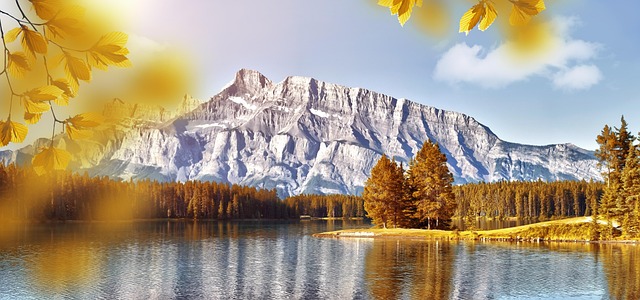
The Oregon Dunes, a spectacle of sand and sea, hold within them a rich Native American history that intertwines with the region’s natural wonders. European exploration and encounter marked a significant turning point in this narrative. As early as the 16th century, Spanish and British sailors began to chart the Oregon coastal ecosystems, their ships cutting through the waters that would later captivate adventurers and settlers alike. However, these initial forays had limited direct interaction with the indigenous peoples who had called these lands home for millennia.
The late 18th and early 19th centuries saw a surge in exploration, this time led by Americans. Peter Skene Ogden, an American trapper, was one of the first Europeans to venture into the heart of what would become Oregon. His expeditions laid the groundwork for future settlements and trade routes, forever altering the trajectory of Native American communities. This period introduced new diseases and cultural clashes that eventually reshaped the social fabric of these ancient societies within the Oregon coastal ecosystems.
Tribal Displacement and The Reservation System
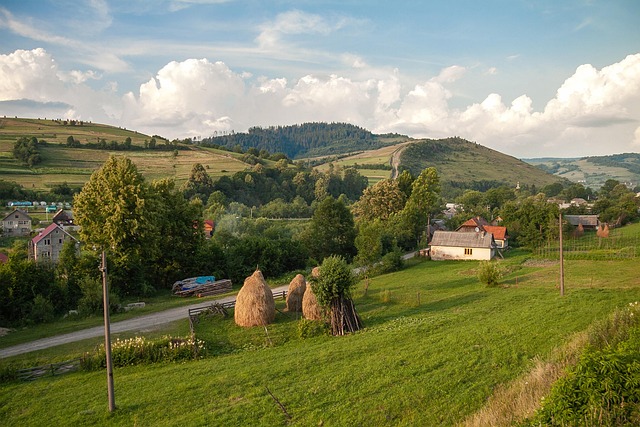
The Native American history of Oregon Dunes is deeply intertwined with the region’s diverse and dynamic coastal ecosystems. For centuries, indigenous tribes like the Chinook, Siuslaw, and Coos lived off the rich resources of the Oregon coast, relying on seafood, hunting, and gathering to sustain their communities. However, the late 19th century brought significant changes as Euro-American settlers arrived in large numbers, leading to tribal displacement and the implementation of the reservation system.
This period marked a profound shift for Native Americans, who saw their traditional lands and ways of life gradually eroded. The U.S. government allocated reserved lands, often far from ancestral homelands, disrupting the intricate connections between tribes and their environmental habitats. Despite these challenges, Oregon’s coastal indigenous peoples have persevered, preserving cultural heritage and knowledge while advocating for the protection and recognition of their historical relationship with the Oregon coastal ecosystems.
Conservation Efforts: Preserving Coastal Ecosystems
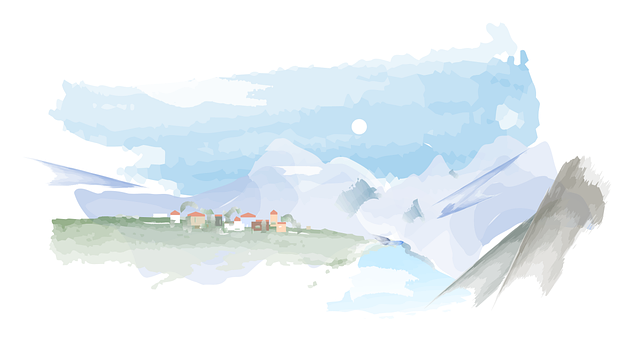
The native American history of Oregon Dunes is deeply intertwined with the preservation of its unique coastal ecosystems. For centuries, Indigenous communities like the Coos, Yaquina, and Siuslaw have lived in harmony with the shifting sands and dynamic shores, relying on these environments for sustenance and cultural practices. Their traditional knowledge and stewardship have been instrumental in guiding contemporary conservation efforts.
Today, various organizations and agencies work tirelessly to protect and restore Oregon’s coastal ecosystems. These initiatives focus on mitigating erosion, promoting sustainable tourism, and conserving endangered species habitats. By collaborating with local tribes and leveraging traditional ecological knowledge, these efforts aim to preserve the delicate balance of the region for future generations while honoring the historical connection between Native Americans and their ancestral lands.
Cultural Revitalization and Contemporary Native American Presence
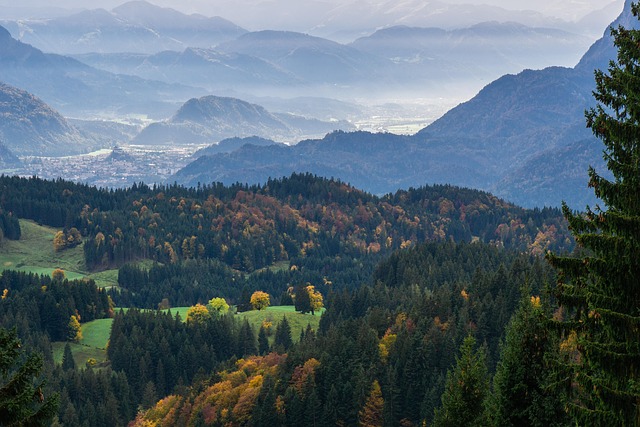
The Native American history of Oregon Dunes is deeply intertwined with the region’s diverse and vibrant cultural heritage. For centuries, Indigenous communities have called these coastal lands their home, valuing them for their spiritual significance, sustenance, and trade routes. As European settlers arrived, many tribes were displaced, but their connection to these ecosystems remained strong. Today, there is a growing effort towards Cultural Revitalization, where Native American tribes are actively working to reconnect with their ancestral territories, including the Oregon coastal ecosystems. They are reclaiming traditional knowledge, languages, and practices, ensuring that the rich cultural tapestry of this region endures.
The contemporary Native American presence in Oregon is marked by resilience and determination. Local tribes, such as the Coos, Lower Umpqua, and Yaquina, continue to advocate for their rights and the preservation of their cultural heritage. They participate in various initiatives, including environmental protection efforts, education programs, and cultural events that showcase their art, music, and storytelling traditions. By engaging with both the past and present, these communities foster a deep sense of belonging and ensure that Oregon’s coastal ecosystems remain an integral part of their ongoing story.
Educational Opportunities and Community Engagement
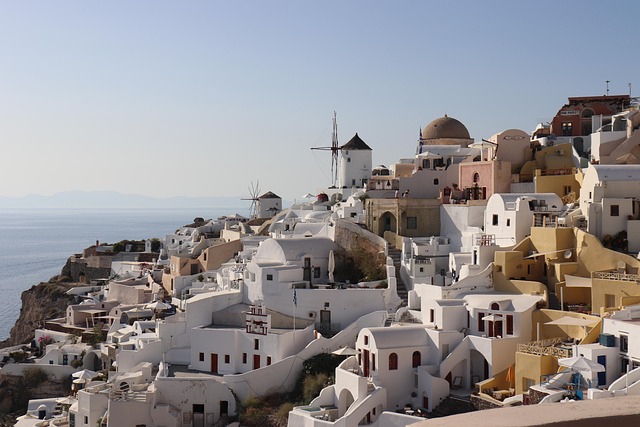
The rich Native American history of Oregon Dunes offers valuable educational opportunities, shedding light on the deep connection between indigenous communities and their ancestral lands. Through storytelling, cultural demonstrations, and guided tours led by tribal members, visitors can gain a profound understanding of the region’s ecological significance within Oregon coastal ecosystems. This engagement fosters cultural preservation and builds bridges between diverse groups, celebrating the resilience and knowledge passed down through generations.
Community involvement is central to preserving and sharing this history. Local Native American tribes actively participate in educating the public about their traditions, land management practices, and the delicate balance essential for maintaining healthy Oregon coastal ecosystems. These collaborative efforts not only enrich visitor experiences but also contribute to a deeper appreciation for the interdependence between human cultures and natural environments.
